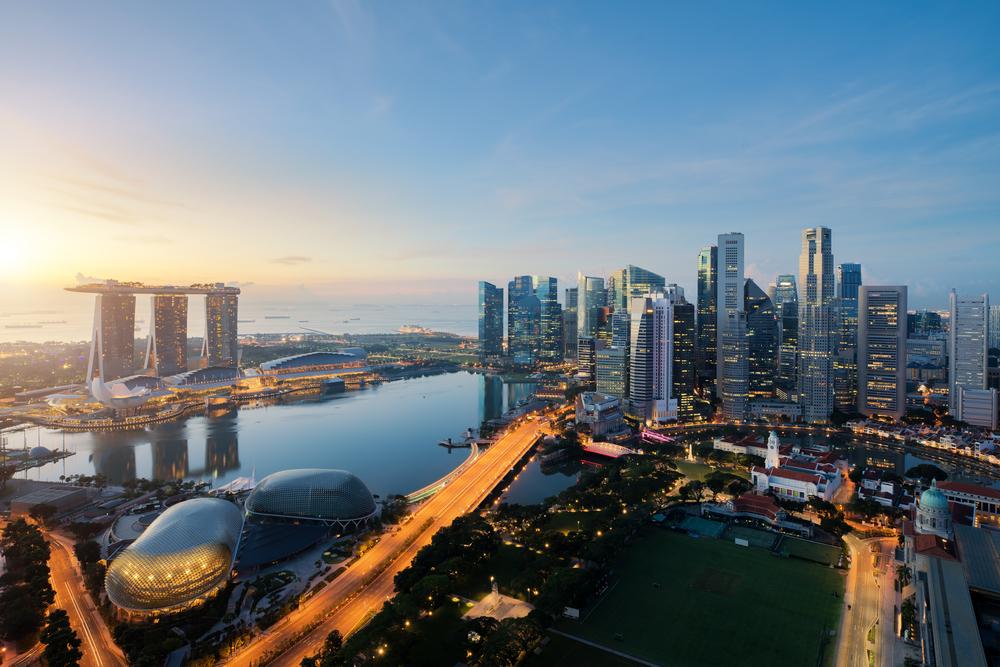The ten most expensive cities in the world to live after the impact of Covid-19
Este ha sido un año como para pensar en mudarse... a otro planeta. Quizá también a otra ciudad del mundo. Pero antes de dar un paso tan importante conviene saber el precio de la vida. El último informe de The Economist Intelligence Unit puede servir de advertencia. Si las circunstancias te llevan a vivir en Hong Kong, Zúrich o París debes saber que estas son las tres ciudades más caras del mundo.
This annual study compares the price of 140 daily items, such as tobacco or toilet paper, in 130 different cities. This year's changes are significant and, according to experts, reflect the impact of the coronavirus pandemic on price fluctuation. The clearest example has been seen in Singapore and Osaka, which last year tied first place with Hong Kong and have now fallen from podium. Another is Bangkok, which has dropped 20 seats and now ranks 46th most expensive.
According to experts, living costs less today in cities in America, Africa and Eastern Europe, while in Western Europe, life has become more expensive. Four seats in this top ten are occupied by European cities. The list would be as follows: Paris, Hong Kong and Zurich, tied at number one; Singapore in fourth place; Osaka and Tel Aviv together in fifth place; Geneva ranked 7; followed by New York (8), Copenhagen (9) and Los Angeles (10).
And the cheapest cities in the world are...

At the opposite end of the list are Damascus (Syria), Tashkent (Uzbekistan), Lusaka (Zambia), Caracas (Venezuela) and Almaty (Kazakhstan). Now, the full list record is held this year by Tehran, which has risen 27 places on the list due to the impact of US sanctions. And on the contrary, Rio de Janeiro and Sao Paulo are experiencing the biggest price falls due to "the weakness of their currency and the rise in poverty levels" during the pandemic.
Although the causes of the rise or fall in the price of life vary, the report highlights the swings in the value of local currencies against the dollar that have been affected by the uncertainty that has prevailed in the pandemic. Supply problems have also been influenced (we all remember the punctual lack of yeast or toilet paper) and the decline in consumer disposable income due to the crisis. Another issue highlighted by experts is the changes in the way of life with a clear example of replacing exits to restaurants by the convenience of ordering take-away meals.
Of the ten categories covered by this report, tobacco and entertainment (including consumer electronics) have experienced the highest price increases since last year, while clothing has seen the most pronounced fall.
According to the criteria of
The Trust Project



